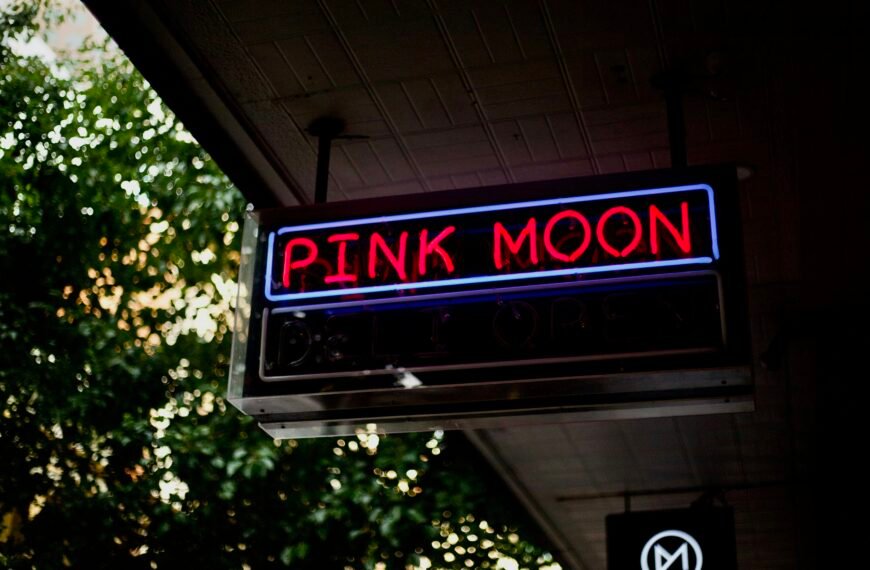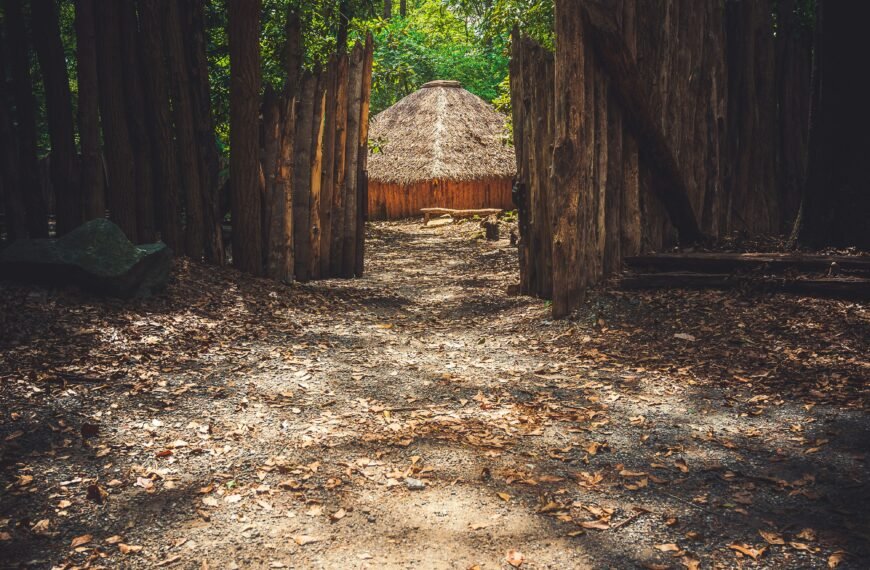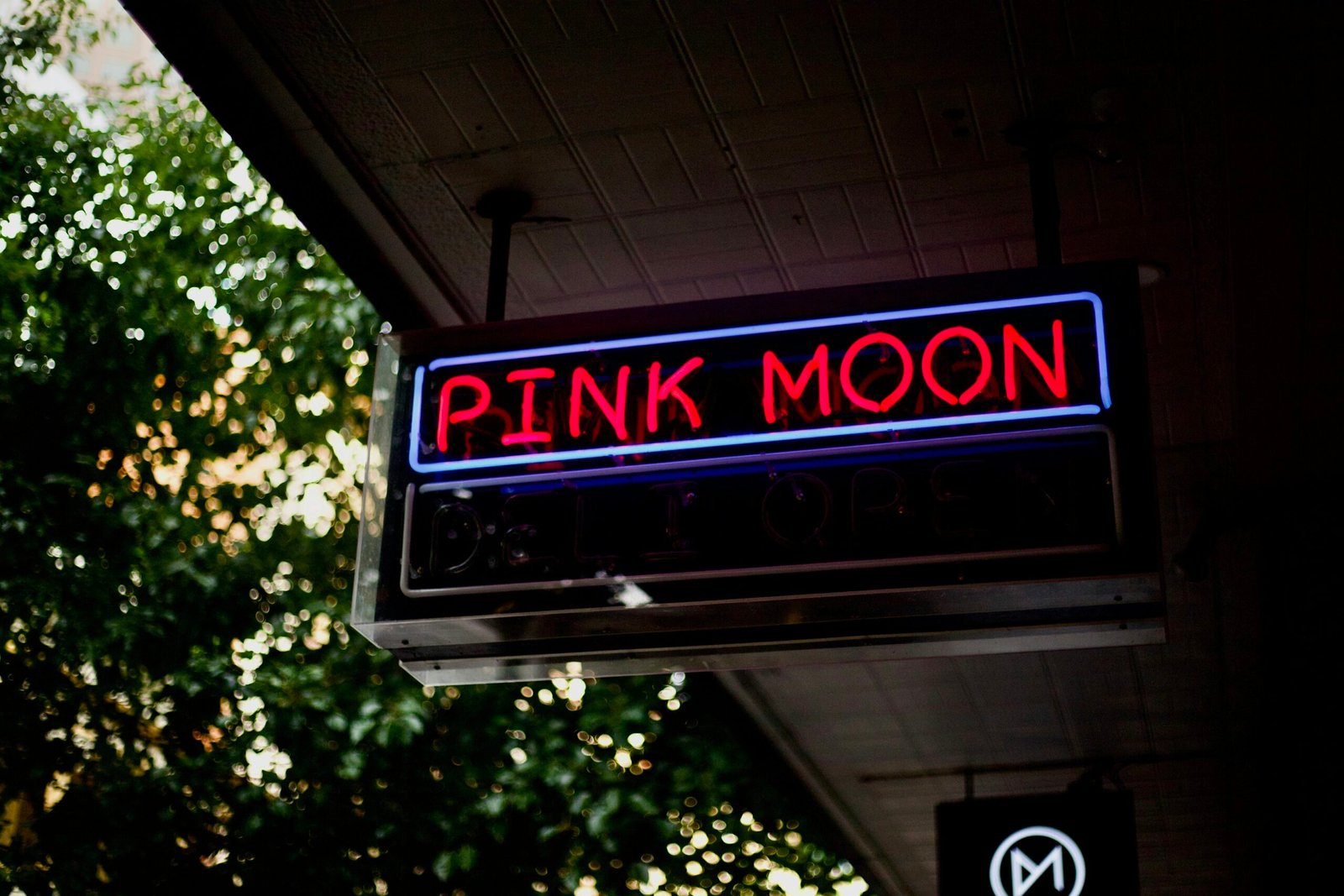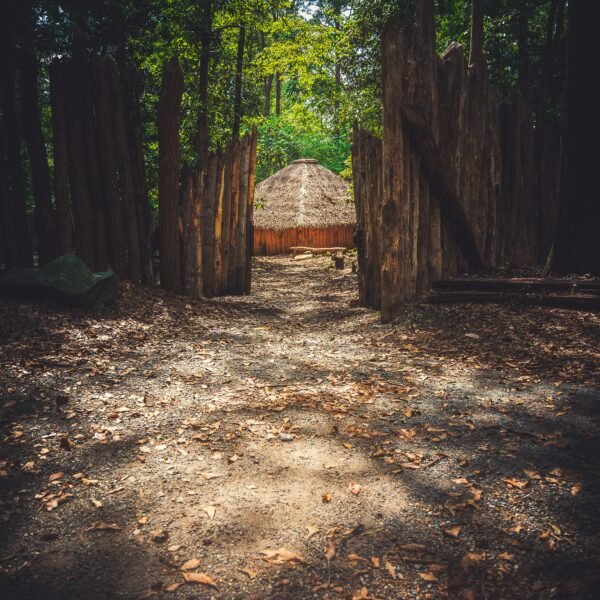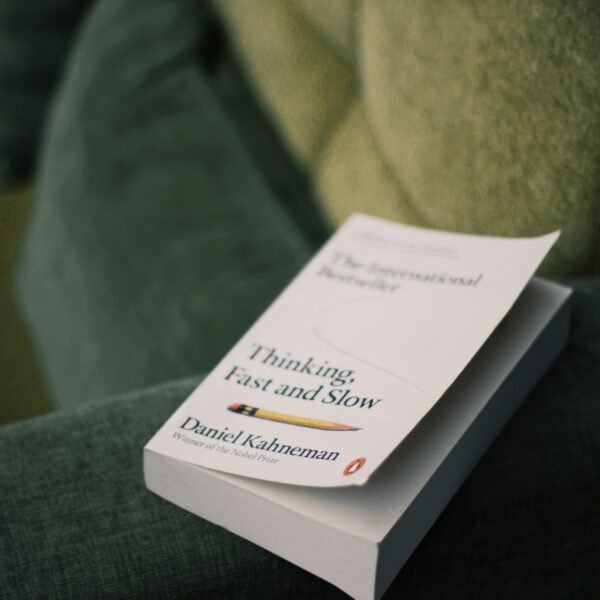In a groundbreaking initiative, Hypha Studios, a London-based nonprofit, is offering free studio spaces to artists by repurposing vacant commercial spaces. This win-win arrangement allows artists to have a place to work and exhibit their art, while landlords benefit from lower property taxes by having nonprofits as tenants. Founded in 2021, Hypha Studios now provides free working space for over 300 artists at nine locations across Britain. By taking advantage of this ‘loophole,’ artists can continue to create and contribute to the art community while also revitalizing empty spaces in towns and cities.
Hypha Studios: Providing Free Working Space for Artists
How Hypha Studios operates
Hypha Studios, a London-based nonprofit, offers a unique solution to the issue of vacant commercial spaces. The organization persuades commercial landlords to let artists work and exhibit for free in unoccupied stores and offices. Founded in 2021, Hypha Studios operates by taking advantage of a loophole in which British businesses can pay lower property taxes if they allow nonprofits to be tenants. This arrangement benefits both the artists and the landlords, as the artists gain access to free working space, while the landlords save money on their taxes by hosting the nonprofit. Hypha Studios currently provides free working space for more than 300 artists at nine sites across Britain.
Benefits of Hypha Studios for artists and landlords
The partnership between Hypha Studios and commercial landlords proves to be a win-win situation. Artists, who often struggle to find affordable working spaces, are granted access to free studios where they can create and exhibit their work. This allows them to focus on their artistic practice without the financial burden of renting a studio. On the other hand, the commercial landlords benefit from having their vacant spaces occupied, which helps to prevent blight and maintain the appearance of an active community. Additionally, landlords can take advantage of the tax benefits associated with having a nonprofit organization as a tenant.
Camilla Cole: The founder of Hypha Studios
The driving force behind Hypha Studios is its founder, Camilla Cole. Cole, a curator who dropped out of Goldsmiths College in London, created Hypha Studios to address the issue of empty commercial spaces and support struggling artists. She firmly believes in the importance of utilizing these vacant spaces and infusing them with life and creativity. Through her efforts, Cole has managed to form partnerships with commercial landlords and provide free working space for hundreds of artists across Britain. Her vision for Hypha Studios extends beyond short-term opportunities, as she hopes to secure long-term spaces for artists, creating a sense of permanence and community.
The loophole that allows landlords to save money
By allowing nonprofits like Hypha Studios to occupy their vacant spaces, commercial landlords can take advantage of a loophole that allows them to pay lower property taxes. This incentivizes landlords to work with organizations like Hypha Studios, as they can reduce their financial burden while still maintaining an active presence in their properties. This arrangement benefits both parties involved, as the artists gain access to free working space, and the landlords save money on their taxes. The loophole allows for a creative and mutually beneficial solution to the problem of empty commercial spaces.
The Impact of Covid-19 on Commercial Spaces
Increase in vacant commercial spaces
The Covid-19 pandemic and its subsequent lockdowns have had a significant impact on the commercial real estate market. The restrictions imposed to curb the spread of the virus have led to the closure of many businesses, resulting in a surge in vacant commercial spaces. Shops, restaurants, and offices have been left empty as businesses struggle to survive. This increase in vacant spaces presents a unique opportunity for organizations like Hypha Studios to repurpose these spaces for artists, helping to prevent blight and revitalize the communities.
Online shopping and remote working as contributors
The rise of online shopping and remote working has significantly contributed to the increase in vacant commercial spaces. As more consumers turn to online shopping, brick-and-mortar stores have been left empty. Similarly, remote working has become the norm for many employees, leading to a surplus of unoccupied office spaces. These shifts in consumer behavior and work trends have resulted in a surplus of vacant spaces that can be tapped into by organizations like Hypha Studios to provide working spaces for artists.
The role of artists in revitalizing empty spaces
Artists play a crucial role in breathing new life into empty commercial spaces. By occupying these vacant spaces, artists can transform them into vibrant studios and exhibition spaces. The presence of artists in these spaces not only adds aesthetic value but also contributes to the overall revitalization of the community. Their work attracts visitors and creates a sense of activity, helping to combat the negative effects of vacant commercial spaces. Through their creativity and artistic endeavors, artists act as catalysts for revitalization and community engagement.

Long-term Spaces and Community Cohesion
The importance of long-term spaces for artists
While short-term opportunities can provide temporary relief for artists in need of working spaces, long-term spaces offer a sense of stability and security. Having a permanent studio allows artists to establish a consistent practice and focus on their artistic development. Long-term spaces also foster a sense of belonging, as artists can establish roots within a community. By providing long-term spaces, organizations like Hypha Studios and Acme Studios in London create an environment that fosters creativity and allows artists to thrive.
Creating a sense of community through permanent spaces
Permanent artist spaces not only benefit the artists individually but also contribute to the cohesion of the community. By establishing a long-term presence, artists become an integral part of the community fabric. They engage with local residents, participate in community events, and collaborate with fellow artists. This sense of community creates a support system for artists and fosters a sense of belonging. It also promotes collaboration and creativity, as artists can exchange ideas and collaborate on projects within their permanent spaces.
Gentrification and its effects on artists
While the presence of artists in vacant spaces can contribute to community revitalization, it can also lead to gentrification. Gentrification occurs when an influx of artists and cultural organizations drives up property values and displaces lower-income residents. As artists occupy vacant spaces and create vibrant communities, property values may rise, making it difficult for artists themselves to afford to live and work in the area. Balancing the revitalization of communities with the concerns of affordability and displacement remains a challenge for organizations like Hypha Studios.
The Role of Studio Providers
ChaShaMa: Pioneers of the studio provider model
The studio provider model, in which organizations offer free working spaces for artists, has proven successful in various locations around the world. ChaShaMa, a well-established nonprofit in New York, has been a pioneer in this field since the mid-1990s. Founded by arts patron Anita Durst, ChaShaMa provides free spaces for over 1,000 artists and creative businesses in New York City. Their network of 45 locations, including outer suburbs, ensures that artists have access to affordable working spaces, even in a city known for its rising rents.
Acme Studios and other organizations in London
London also boasts organizations like Acme Studios, Hypha Studios, the Bomb Factory Art Foundation, Gasworks, and Studio Voltaire that provide free or affordable working spaces for artists. Acme Studios, in particular, stands out for owning 10 permanent buildings across London, providing long-term, affordable spaces for around 800 artists. These organizations play a crucial role in supporting artists and ensuring their continued presence in central locations. The collaborative efforts of these studio providers contribute to the vitality of London’s artistic community.
The goal of keeping artists in central locations
One of the primary objectives of studio providers is to keep artists in central locations where they can thrive and contribute to the creative vitality of the city. By offering free or affordable spaces in central areas, studio providers ensure that artists are not forced to relocate due to rising costs. This strategic approach helps maintain a diverse artistic community and prevents artists from being pushed to the outskirts of the city. By keeping artists in central locations, studio providers contribute to the overall cultural fabric of the city and its ongoing artistic legacy.

Challenges for Artists without Gallery Representation
Limited marketing resources for artists in subsidized studios
While subsidized studios provide artists with valuable working spaces, they often lack the marketing resources typically available to commercial galleries. Artists without gallery representation struggle to promote their work effectively, as they have limited access to marketing platforms and networks. This can hinder their ability to gain recognition and sell their artwork. Without proper marketing support, artists may find it challenging to reach a wider audience and establish themselves within the mainstream art market.
Struggles to sell artwork without gallery support
Gallery representation plays a crucial role in an artist’s career, as galleries actively promote and sell their artwork. However, artists without gallery support face significant challenges in selling their work. Without the gallery’s network and expertise, artists often struggle to establish connections with collectors and potential buyers. This lack of sales can prevent artists from gaining the exposure and financial stability necessary to sustain their artistic practice.
The impact of slowing demand in the art market
The art market is subject to fluctuations in demand, and artists without gallery representation may bear the brunt of these changes. During times of economic downturn or shifting trends, the demand for artwork can decrease, making it even more challenging for artists to sell their work. Slowing demand can lead to financial struggles for artists and hinder their ability to make a living solely through their artistic practice. Finding alternative sources of income becomes crucial for artists without gallery representation to sustain themselves during periods of slower sales.
The Gap in the Art Market
The challenge of bridging the gap between subsidized studios and the mainstream art market
Subsidized studios provide artists with valuable working spaces, but they often struggle to bridge the gap between these spaces and the mainstream art market. Artists in subsidized studios face difficulties in gaining visibility and recognition within the larger art world. The lack of gallery representation and limited marketing resources make it challenging for artists to break into the mainstream art market. Closing this gap requires innovative solutions that provide artists with the necessary support and opportunities to showcase their work to a wider audience.
Difficulties in attracting collectors and galleries
Attracting collectors and galleries is essential for artists to gain recognition and establish themselves within the art market. However, artists in subsidized studios often face difficulties in attracting these key players. Without the resources and network that galleries provide, artists must find alternative ways to showcase their work to collectors and galleries. Overcoming these hurdles requires strategic partnerships, curated exhibitions, and increased visibility within the art community.
The limitations of social media for generating sales
While social media platforms have revolutionized the art world by providing artists with a global audience, they have their limitations when it comes to generating sales. Although artists can showcase their work to a wider audience through platforms like Instagram, Facebook, and Twitter, converting this online visibility into actual sales can be challenging. Online platforms often lack the personal connection and trust-building elements that are crucial for collectors and galleries when making purchasing decisions. Finding a balance between online presence and in-person engagement becomes crucial for artists in attracting sales and establishing long-term connections within the art market.

Artists’ Financial Challenges
Landlords’ cost savings through artists in empty spaces
One of the unintended benefits of artists occupying vacant commercial spaces is the potential cost savings for landlords. By hosting artists in their empty properties, landlords can take advantage of lower property taxes associated with having a nonprofit organization as a tenant. This financial benefit incentivizes landlords to work with organizations like Hypha Studios and contribute to the revitalization of empty spaces. The presence of artists in these spaces not only creates a positive image for the landlords but also helps them save money in the long run.
The struggle for artists to monetize their art
Monetizing their artistic practice is one of the most significant challenges artists face. Selling artwork and generating a sustainable income can be a daunting task, especially for artists without gallery representation. Without the marketing support and established network of galleries, artists may find it challenging to find buyers and sell their work. This struggle for monetary success can create financial instability and uncertainty for artists, hindering their ability to focus on their artistic practice.
Finding alternative sources of income for artists
To overcome the financial challenges they face, artists often have to explore alternative sources of income. Many artists take on teaching gigs, secure grant funding, or engage in performance commissions to supplement their earnings from art sales. Diversifying their income streams allows artists to maintain financial stability and support their artistic practice. However, finding the right balance between income-generating activities and artistic production can be a delicate juggling act for artists.
The Future of Artist Spaces
The potential expansion of Hypha Studios and similar organizations
The success of Hypha Studios and other similar organizations lays the groundwork for potential expansion in the future. As the demand for affordable artist spaces continues to grow, these organizations have the potential to scale their operations and provide even more artists with free working spaces. The model implemented by Hypha Studios, with its focus on partnering with commercial landlords, offers a sustainable solution that can be replicated in other cities and countries.
Increasing recognition for artists in subsidized studios
Efforts must be made to increase recognition for artists in subsidized studios within the mainstream art world. While the existence of these studios provides opportunities for artists, closing the gap between subsidized spaces and the mainstream art market requires a collective effort. Curators, collectors, and galleries must actively engage with artists in subsidized studios to discover new talent and broaden their networks. By recognizing the value and potential of artists in subsidized studios, the art community can help uplift these artists and integrate them into the larger art market.
Finding new models to support artists financially
The financial challenges faced by artists require the exploration of new models to support their artistic practice. Artist residency programs, grants, and alternative funding sources can provide artists with the financial stability they need to focus on their work. Collaborations between nonprofit organizations, commercial galleries, and public institutions can help create sustainable financial models that support artists at various stages of their careers. By diversifying the support available to artists, the art world can foster a more inclusive and sustainable environment for artistic practice.
Correction
Correction made on November 7, 2023, regarding a picture caption
A correction was made on November 7, 2023, to rectify an error in a picture caption. The original caption misstated the name of an exhibition at the Bomb Factory Art Foundation in London. The correct name of the exhibition is “Let Them Eat Fake,” not “Let Them Eat Cake.” Ensuring accuracy in reporting is essential, and corrections are made promptly to address any mistakes.


